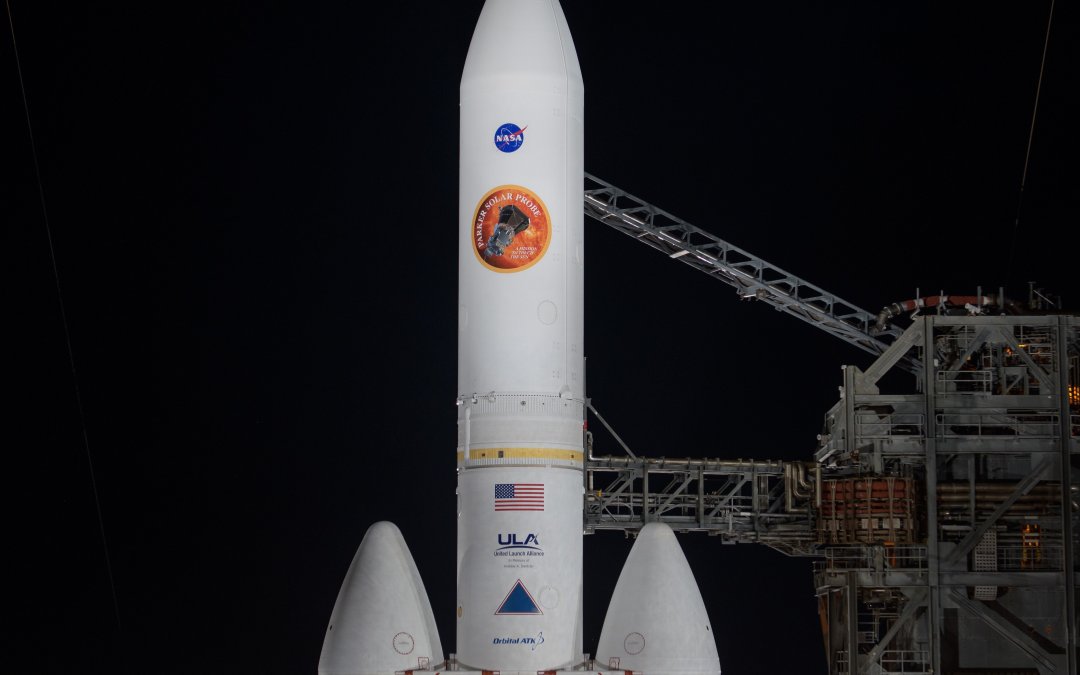WASHINGTON – NASA’s Parker Solar Probe executed its final gravity-assist maneuver on Wednesday, flying past the surface of Venus and setting it on a path to come within 3.86 million miles of the solar surface, the closest any human-made object has ever come to the sun.
The probe used gravitational pull to alter its trajectory, coming within 233 miles of the surface of Venus, according to a NASA press release. Parker has now completed seven flybys of Venus in preparation for its approach to the sun, which will occur on Dec. 24, 2024.
“The physics of how the energy from the sun turns into space weather, which affects the earth, is not well understood,” said Dr. James Lattis, professor of astronomy at the University of Wisconsin-Madison and Director of the UW Space Place. The probe’s solar approach will be instrumental in understanding space weather, or conditions in the portion of space closest to Earth’s surface, which includes magnetic fields and particles that affect the earth.
“The main goal of this probe is to improve our understanding of that very important physics,” Lattis said.
NASA launched the Parker Solar Probe in 2018 in order to garner more data about the sun’s outermost layer, called its corona, and the magnetic processes that occur on the solar surface. Entering Venus’ gravity is critical to the mission in order to slow the probe’s trajectory prior to its solar approach, during which it will come within an unprecedented 3.86 million miles of the solar surface, according to NASA.
Additionally, images taken during the flyby will contribute to NASA’s knowledge of the conditions on Venus’ surface. The Wide-Field Imager for Parker Solar Probe (WISPR) is the imaging instrument on the Parker Probe, and during previous Venus assist maneuvers, WISPR captured images of Venus’ surface below its thick cloud cover.
“This is an unexpected bonus science,” said Dr. Adam Szabo, chief of the Heliospheric Physics Laboratory at NASA. “Parker Solar Probe was not designed to do planetary science, but since we are flying next to Venus, we started to assess ‘well, what can we do to look at the planet?’”
In 1989, NASA launched the Magellan spacecraft, which studied the topography of Venus. Szabo noted that the more current images taken by WISPR showed possible physical and chemical changes to Venus’s surface since the Magellan mission. Wednesday’s final gravity assist maneuver will provide additional information regarding these potential changes.
“We’re actually able to compare what changes have happened over time. We don’t really understand the geology of Venus that well, so it’s an opportunity to see how things have changed, and try to think about why it’s changed in the years since Magellan,” said Dr. Veronica Dike, a post-doctoral research associate at the University of Illinois.
Astronomists look forward to the probe’s findings following its Dec. 24 approach, especially since there is still so much to learn about how the sun functions.
“The big takeaway with this flyby of Venus is that we are going to get closer than humanity has ever gotten to a star before,” Dike said. “I think it’s a big engineering achievement that we built something that can get as close as the Parker Solar Probe will.”


